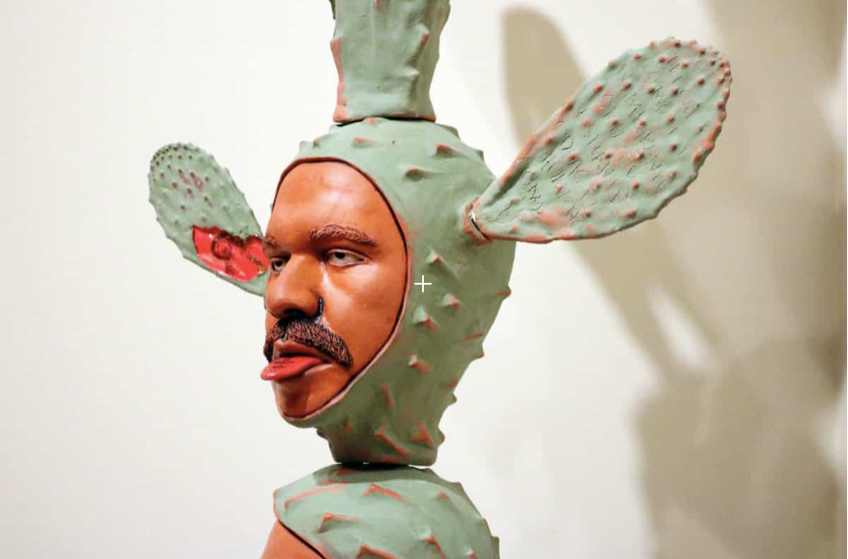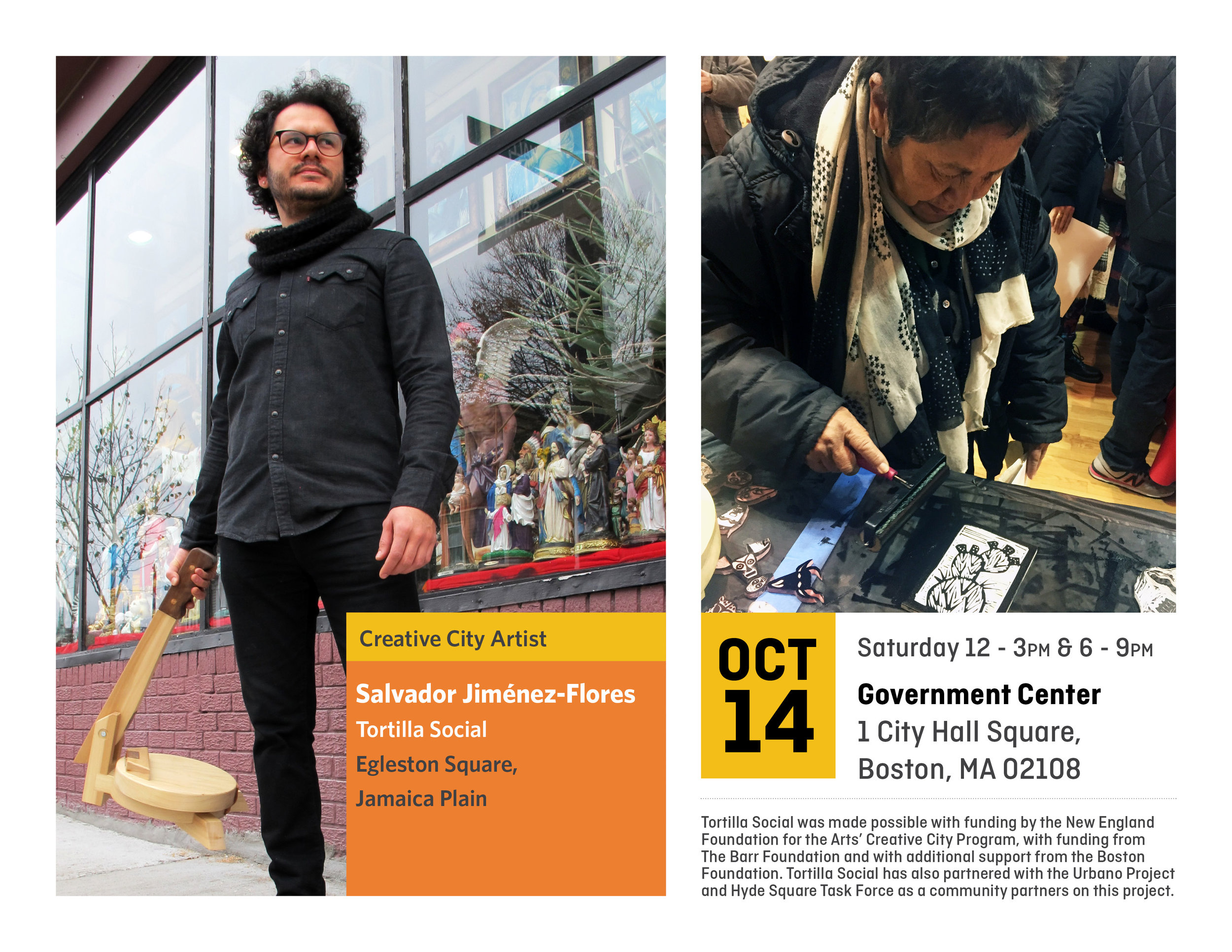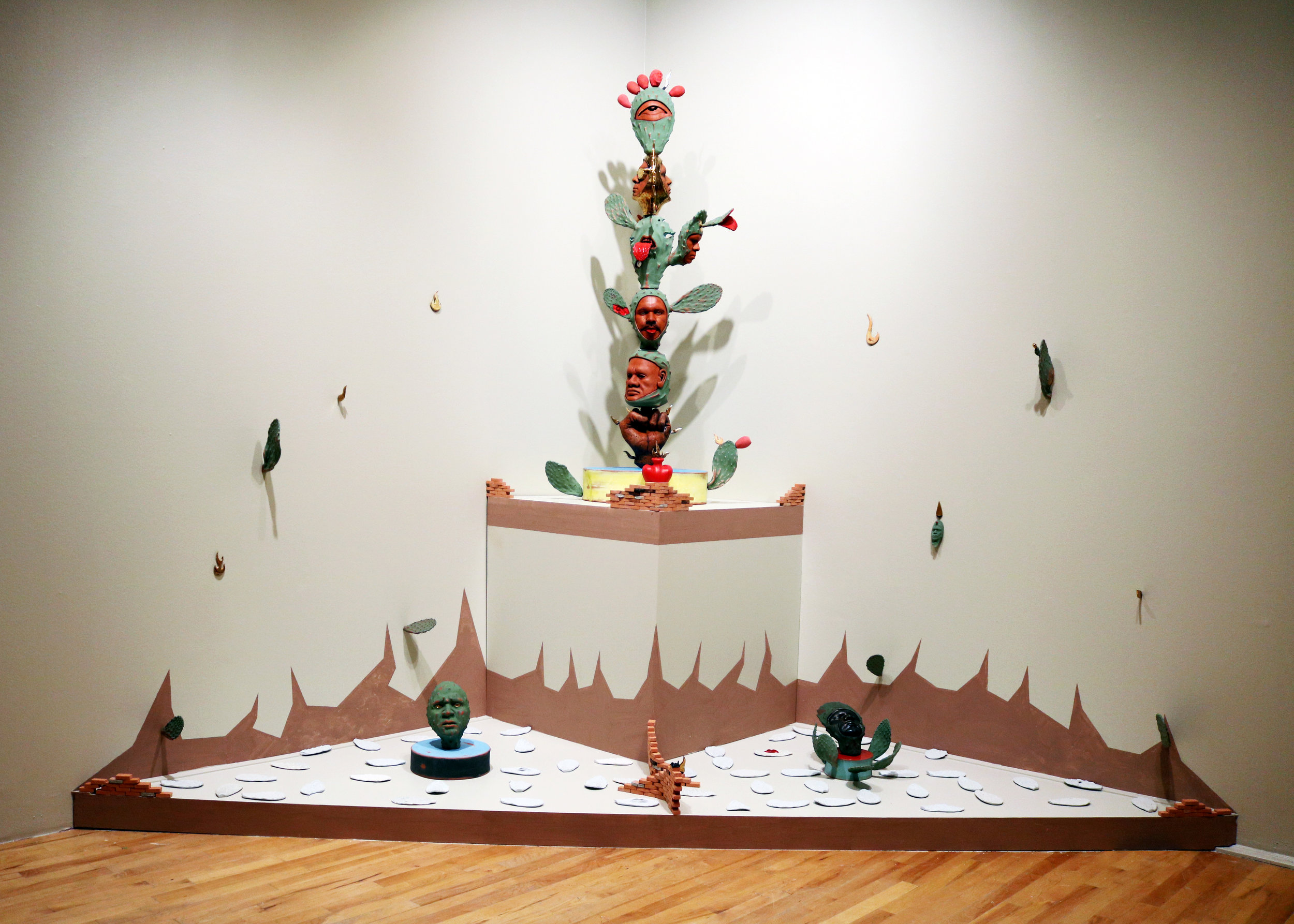The Joan Mitchell Foundation is pleased to announce the 2017 recipients of our annual Painters & Sculptors Grants. The 25 artists in this diverse group will each receive an unrestricted grant of $25,000, along with professional development and residency opportunities. The recipients are:
Leonardo Benzant Richmond Hill, NY
Drew Michael Anchorage, AK
Ruth Buentello San Antonio, TX
Arcmanoro Niles Brooklyn, NY
Colin Chase Ulster County, NY
Pat Phillips Pineville, LA
Pamela Council Bronx, NY
Lucy Puls Berkeley, CA
Solomon Enos Honolulu, HI
Analia Segal Brooklyn, NY
Jes Fan Brooklyn, NY
Rodrigo Valenzuela Culver City, CA
Ana Fernandez San Antonio, TX
Derrick Velasquez Denver, CO
jonathan paul gillette New York, NY
Michael Wang New York, NY
Salvador Jiménez-Flores Boston, MA
Dwayne Wilcox Rapid City, SD
Sonya Kelliher-Combs Anchorage, AK
Amanda Williams Chicago, IL
Riva Lehrer Chicago, IL
Antoine Williams Greensboro, NC
Joel Longnecker Red Hook, NY
Jenifer K Wofford San Francisco, CA
Michi Meko Atlanta, GA
The Painters & Sculptors Grants were established in 1993 in direct response to artist Joan Mitchell's instructions that a portion of her estate be used to "aid and assist individual painters and sculptors." This year's group of recipients represent a wide range of artistic practices and demographics. The artists range in age from 27 to 62, hail from 12 states in all regions of the U.S., including two artists from Alaska and one from Hawaii, and eighty percent identify as nonwhite. Employing a broad array of materials and processes, their work explores some of the most pressing issues of our time, including the immigrant experience, transgender rights, the housing crisis, racial and economic inequality, global warming, and Confederate monuments. The recipients join more than 500 contemporary artists who have received Painters & Sculptors Grants over the last 24 years, including many luminaries supported early in their careers.
"In a time when artists' voices are so crucial for the health of our society, but unrestricted grant funding is so scarce, the Foundation's Painters & Sculptors Grants provide essential resources to a wide spectrum of today's working artists," said Christa Blatchford, Chief Executive Officer of the Joan Mitchell Foundation. "Our vision, rooted in Joan Mitchell's generous embrace of other artists, is to provide the necessary supports for artists to continue to innovate in their practices and create ambitious new work that inspires, engages, and fosters dialogue, as an important element of community-building. We look forward to continuing our relationships with the exceptional artists who are receiving grants this year."
Selection Process
The recipients of the Painters & Sculptors Grants are selected through a nomination and jury process. Nominators from across the country are asked to recommend artists--at any stage in their career--who they believe deserve greater recognition for their creative achievements, and whose practices would significantly benefit from the grant. In an anonymous, multi-phase process, a jury panel then selects the 25 awardees. Nominators and jurors include prominent visual artists, curators, and art educators who are dedicated to supporting artists, and the list of participating nominators and jurors varies from year to year. As with the grantees, participation as a nominator, juror, or grant recipient is also open to artists or colleagues who have not pursued a traditional BFA and/or MFA education as part of their career path.
"Ensuring access and equity is an important part of our process and our desired outcomes," said Travis Laughlin, Senior Director of Programs at the Joan Mitchell Foundation. "Over the last three years, we have continued to broaden our approach, bringing in nominators and jurors with geographic, ethnic, and experiential diversity, in order to ensure that the artists nominated for the Painters & Sculptors Grants are reflective of varying backgrounds and approaches to their work. We can see the success of this process in the current group of recipients."
The Foundation's Painters & Sculptors Grants are unrestricted in order to offer artists the most flexible form of support. As part of their applications, grantee artists note how they plan to use these funds, with needs typically falling into four categories: acquiring the materials or equipment necessary for their art-making; securing better or larger spaces to work or live; for research, travel, and experimentation with their practice, in order to develop more ambitious work; and to find new ways to engage with their communities.
In addition to the $25,000 award, the Foundation connects its grant recipients to a national network of arts professionals through free professional development consultations, which may come in the form of career and financial management advice or answers to legal questions. Grantees also become eligible to apply for residencies at the Joan Mitchell Center in New Orleans, which opened in 2010 to provide both national and local artists with additional space and support to develop their practices.
Download the full press release
Read more about the artists on our website
-------------------------------------------------------------------------------------------------
ABOUT THE JOAN MITCHELL FOUNDATION
The Joan Mitchell Foundation increases recognition of the work and life of pioneering abstract painter Joan Mitchell. Grounded in Mitchell's desire to support the aspirations of visual artists, the Foundation engages individual artists through grant-making, programming, and collaborations.
In addition to the promotion and preservation of Joan Mitchell's legacy, the Foundation's activities are currently focused on three areas: grants; artist legacy support; and artist residencies. The Foundation's grant programs include the Painters & Sculptors Grants, Emerging Artist Grants, and Emergency Grants, which provide support to artists whose work has been affected by natural or man-made disasters. The Foundation's Creating a Living Legacy (CALL) initiative provides support to older artists in the areas of studio organization, archiving, and inventory management, in order to help with the creation of a comprehensive and usable documentation of their artworks and careers. The New Orleans-based Joan Mitchell Center offers artist residencies to national and local artists, and also offers public programs such as artist talks and open studio events. Together, all of these programs fulfill Joan Mitchell's goal of creating a foundation that actively supports the needs of working artists, while amplifying the essential contributions artists make to the culturally diverse world in which we live. To learn more, visit joanmitchellfoundation.org.


























